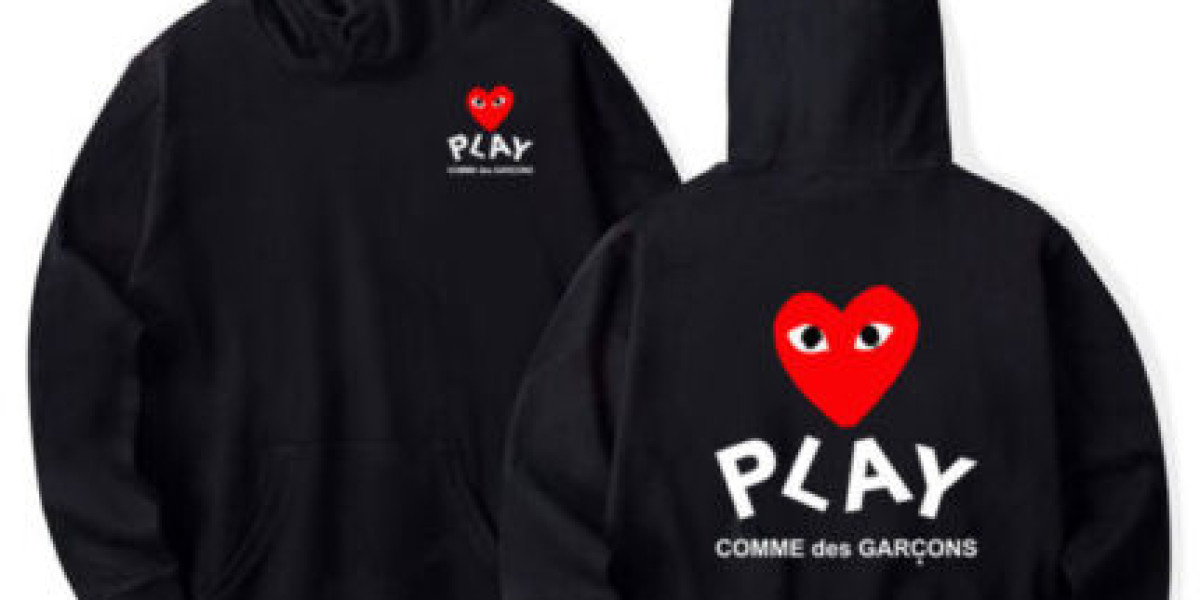Few names in fashion evoke the same mixture of reverence and intrigue as Rei Kawakubo. The founder and visionary behind Comme des Garçons has defied conventions, redefined beauty, and challenged the industry’s very foundations for over five decades. From its humble Commes Des Garcon beginnings in Tokyo to its avant-garde dominance on global runways, Comme des Garçons has been less a fashion label and more a philosophical movement. This evolution is inseparable from Kawakubo herself—an enigmatic force whose personal aesthetic vision has left an indelible mark on the cultural fabric of contemporary design.
The Early Years: A Radical Vision Takes Root
Comme des Garçons was established in Tokyo in 1969, and officially became a company in 1973. Rei Kawakubo, who had studied fine arts and literature, entered the fashion world almost by accident. Initially working as a stylist, she soon discovered her inability to find clothing that suited her personal vision. Rather than accept the limitations of the market, she decided to make the clothes herself.
These early garments were stark, monochrome, and architectural. Influenced more by abstract art and sculpture than by fashion trends, her collections rejected the Western ideals of femininity and glamour. They were often asymmetrical, frayed, oversized, and devoid of ornamentation. By the mid-1970s, Comme des Garçons had carved out a loyal niche audience in Japan—intellectuals, artists, and nonconformists who resonated with Kawakubo’s minimalism and raw expression.
Paris 1981: A Shocking Debut
Comme des Garçons exploded onto the global fashion scene in 1981 with its Paris debut. It was a moment that fashion historians still cite as one of the most disruptive shows in runway history. The 1982 collection, dubbed “Destroy,” was met with shock and dismay by the European press. Models wore black, deconstructed garments with holes, unfinished hems, and uneven proportions. Many critics described the look as “post-atomic” or “Hiroshima chic”—a deeply problematic term, but indicative of how shaken the fashion elite were.
What they failed to recognize was that Kawakubo wasn’t simply making clothes—she was questioning the very definition of beauty. By emphasizing imperfection, decay, and imbalance, she created a new visual language that gave voice to ideas that were rarely represented in fashion. Comme des Garçons became synonymous with the avant-garde, and Rei Kawakubo was suddenly both infamous and iconic.
The 1990s: Expanding the Universe
Throughout the 1990s, Kawakubo continued to evolve Comme des Garçons with remarkable agility. She launched a series of diffusion lines and collaborations that broadened the brand’s reach while maintaining its conceptual integrity. These included Comme des Garçons Homme, Play, and later collaborations with artists and designers such as Junya Watanabe and Tao Kurihara.
But it was the mainline collections that continued to push the boundaries of fashion. In this period, Kawakubo experimented more boldly with the human form. Her designs became increasingly sculptural and abstract, often incorporating padding, grotesque shapes, and exaggerated silhouettes. In doing so, she interrogated body politics, gender norms, and the limitations of commercial fashion. No longer was Comme des Garçons merely designing for people—it was designing ideas, emotions, and even critiques of consumerism.
The 2000s: Fashion as Conceptual Art
By the 2000s, Rei Kawakubo had fully established herself not only as a designer but as a conceptual artist. Her collections became seasonal thought experiments, each with a central theme explored through complex visual and material metaphors. Whether addressing war, identity, or aging, Kawakubo used fashion as her medium to convey powerful, often uncomfortable truths.
In 2006, her “Body Meets Dress, Dress Meets Body” collection—dubbed the “lumps and bumps” show—sparked widespread debate. The collection featured bulbous padding sewn into dresses and jackets, completely distorting the body’s silhouette. Rather than flattering or celebrating the human form, it disrupted it, forcing audiences to confront their own perceptions of physical beauty and societal expectations.
Kawakubo’s work during this era aligned more closely with performance art and sculpture than with traditional design. And yet, her collections remained highly sought-after. This paradox—of conceptual inaccessibility paired with commercial success—became a hallmark of her genius.
The Met and Beyond: Institutional Recognition
In 2017, the Metropolitan Museum of Art’s Costume Institute honored Rei Kawakubo with a solo exhibition—an accolade previously granted only to Yves Saint Laurent. Titled “Rei Kawakubo/Comme des Garçons: Art of the In-Between,” the exhibition featured over 140 pieces and was a celebration of dualities: male/female, past/present, fashion/anti-fashion.
It marked a moment of institutional recognition that Kawakubo had long eschewed. Famously private, she rarely gives interviews and often declines the limelight. Yet, her influence was undeniable. The exhibition affirmed what many in the fashion world had known for decades—Kawakubo was not merely a designer; she was a philosopher, architect, and provocateur.
The Legacy of Anti-Fashion
One of Rei Kawakubo’s most enduring contributions to fashion has been her commitment to what is often called “anti-fashion.” This doesn’t mean opposing style or aesthetics but rather rejecting the superficiality and trend-driven nature of the industry. For Kawakubo, fashion is a tool to explore the human condition. Her collections are not intended to sell a dream of perfection or status, but to challenge the wearer—and the viewer—to question, reflect, and feel.
Her influence is felt across generations of designers, from Martin Margiela to Rick Owens, from Yohji Yamamoto to Iris van Herpen. She opened the door for fashion to be a form of intellectual engagement rather than a commercial enterprise alone. Even the mass-market success of the Comme des Garçons Play line, with its heart-eyed logo, reveals the genius of her strategy—bridging the avant-garde and the accessible, the cerebral and the playful.
Looking Ahead: The Future of Comme des Garçons
Now well into her seventies, Rei Kawakubo shows no signs of slowing down. Her recent collections continue to provoke and inspire. In a time when the fashion industry is grappling with questions of sustainability, diversity, and relevance, Comme des Garçons remains a lighthouse of uncompromising integrity.
Kawakubo has also nurtured the next generation of radical designers, many of whom emerged from under her wing. Her influence lives not just in garments, but in the very way designers think, question, and communicate. In an era saturated with visual noise, her work remains a quiet, powerful insistence that fashion can be more—more than commerce, more than clothing, more than identity.
Conclusion: More Than a Brand
Comme des Garçons, through the singular lens of Rei Kawakubo, has evolved into something far greater than a fashion label. It is an evolving narrative of resistance, of Comme Des Garcons Hoodie art, and of identity. From raw deconstruction in the 1970s to conceptual installations in the 21st century, Kawakubo has taught the world that fashion does not need to conform to be meaningful. It only needs to be honest.
And perhaps that is her most revolutionary act—not creating beautiful clothes, but insisting that beauty itself be redefined.







